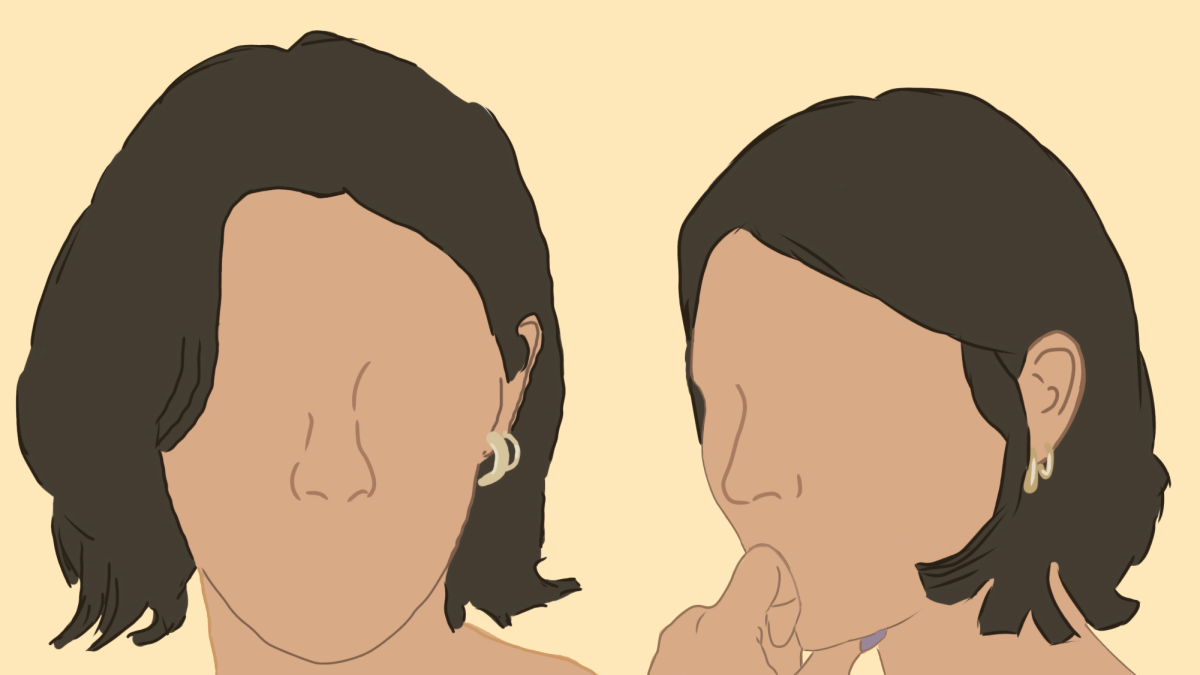By Scott MacLeod
Journalism and English Teacher
The first year I taught To Kill a Mockingbird, I made a confession to my students: I didn’t read the whole book when I was a freshman in high school. I read part of it in Cliffs Notes, the SparkNotes of the day. I went on to tell my students that when I read the book in preparation for teaching it, I realized I’d made a terrible mistake. It was a beautiful and powerful book. I urged my students not to make the same mistake. So when I learned the book would not be taught here this year, I was torn. I have come to understand and agree with the reasons to choose not to teach the book now, but I continue to believe the book has value.
I have known for a long time that the book is controversial, mostly for its use of the n-word. Recently, an African American student told me and her classmates that the book caused her pain every time she came across the n-word. She added that the book projects a “white savior” trope, a popular criticism of the book, by portraying people of color as helpless and able to be saved only by white characters.
In discussions with African American parents, I heard their adamant objections to the book coming from a deep, personal place, one that I cannot know fully. I respect this perspective. While I do not believe teachers should avoid books that make students or parents uncomfortable, I recognize that pain is a very different thing from discomfort.
One of the parents asked the question, “Why would anyone teach this book?”
Importantly, this is a very different question from “should we choose to teach this book now?” And this second question is entirely different from “should we ban the book?” I condemn censorship and am glad that San Marin is not moving in this direction. So why would anyone teach the book? Here are a few reasons.
First, To Kill a Mockingbird is written by a woman and features a young female protagonist, two things in short supply in the curriculum. Scout, the protagonist, is one of the great female characters in American literature, a tough, independent-minded girl who beats up mean boys and rebels against gender stereotypes by refusing to wear a dress. Scout is also empathetic, courageously befriending Boo Radley, a mentally challenged man who is the subject of vicious rumors. It is through her innocent, naïve eyes that we see the horrors of racism in 1930’s Alabama.
Secondly, many students cite To Kill a Mockingbird as one of their favorite books from high school. Granted, most of these students are white, but that is part of the power of the book: to evoke powerful emotions and a recognition of injustice in those to whom discrimination is not familiar.
Lastly, to the criticism that the book presents a white savior, I’d argue that there was no possibility of a savior of color in 1930’s Alabama. That would have to wait for Martin Luther King Jr., John Lewis, and others who would not fully take the stage until the 1960’s, which is when To Kill a Mockingbird was published. The book was part of the Civil Rights era, helping whites to see and feel racism. Additionally, Atticus does not save Tom Robinson. The white savior fails. And perhaps that is a powerful commentary in itself.
While I grieve a bit that students won’t get to experience To Kill a Mockingbird, I recognize that there are other excellent books for students to read. And if students learn and enjoy whatever book they’re reading, I can get over my grief.





































